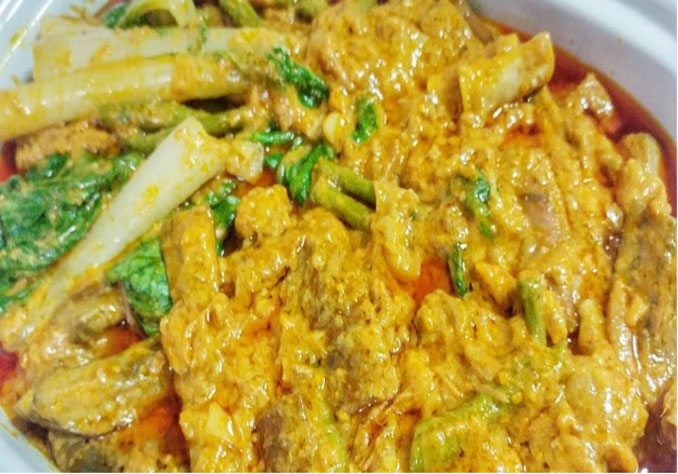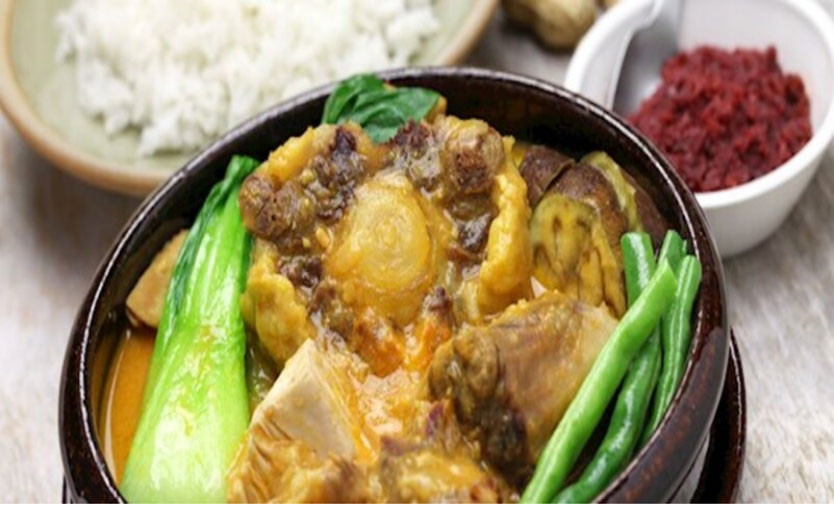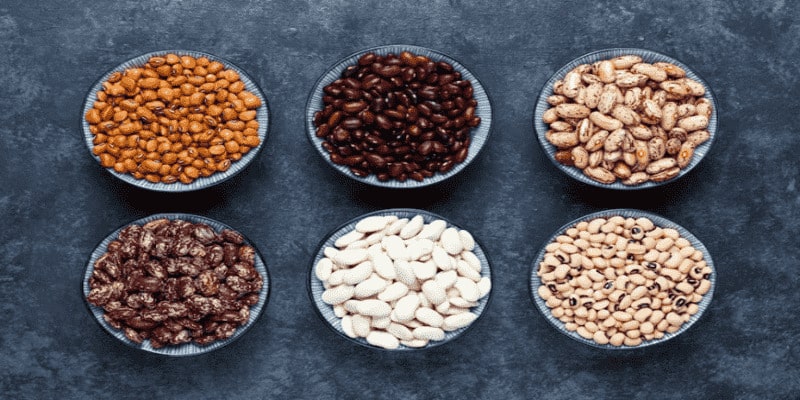History Of Kare Kare And Its Various Origin Stories
Feb 14, 2023 By Marie White
Kare-kare is a popular Filipino dish made of beef, oxtail, or tripe slow-cooked in a thick, savory peanut sauce. It is typically served with rice and vegetables such as eggplant, string beans, and bok choy. The dish is considered a national cuisine in the Philippines and is often served during special occasions and family gatherings. There are multiple origin stories for kare-kare, but the most commonly accepted one is that it was introduced to the Philippines by Spanish conquistadors and was inspired by the Spanish dish "cocido." Another theory is that it was derived from West African and Malaysian cuisines brought over by enslaved people and traders. Some attribute the dish's origin to the indigenous Aeta people and their traditional cooking practices. Regardless of its origin, kare-kare has become a staple of Filipino cuisine and continues to be a beloved dish in households across the country.
Kare-Kare A Traditional Filipino Dish
Kare-kare is a traditional Filipino stew with meats such as beef, oxtail, or tripe slow-cooked in a thick, savory peanut sauce. The dish is typically served with rice and vegetables such as eggplant, string beans, and bok choy. It is considered a national cuisine in the Philippines and is often served during special occasions and family gatherings. The dish is known for its rich and flavorful sauce, which is made from ground peanuts, spices, and seasonings. The meats are simmered in the sauce for hours, resulting in a tender and juicy dish bursting with flavor. The combination of the savory sauce and the tender meats creates a container that is both satisfying and delicious. Kare-kare is a popular dish in the Philippines and is enjoyed by families and communities all over the country.
Origin Stories Of Kare-Kare

The origin of kare-kare is a matter of debate, and there are multiple theories about its roots. The following are the most commonly accepted origin stories:
Spanish Influence
One of the most widely accepted origin stories is that kare-kare was introduced to the Philippines by Spanish conquistadors and was inspired by the Spanish dish "cocido." This theory suggests that the Spanish introduced the container to the Philippines during their colonial rule and gradually evolved to incorporate local ingredients and cooking methods. The peanut sauce in kare-kare is said to be a nod to Spanish influence, as peanuts were widely used in Spanish cooking at the time.
West African And Malaysian Influences
Another theory is that kare-kare was derived from West African and Malaysian cuisines brought over by enslaved people and traders. These cultures have a rich history of stews and curries, which are similar in preparation to kare-kare. The use of peanuts and spices in the dish is said to be a result of these influences.
Indigenous Aeta Influence
Some attribute the dish's origin to the indigenous Aeta people and their traditional cooking practices. The Aeta are known for their simple and hearty cuisine that uses local ingredients, including peanuts. According to this theory, kare-kare was created to utilize local ingredients and make a delicious and satisfying meal. Regardless of its origin, kare-kare has become a staple of Filipino cuisine and continues to be a beloved dish in households across the country. The unique blend of spices and peanut-based sauce sets it apart from other stews and is a testament to the country's diverse culinary heritage. Today, kare-kare remains a popular dish in the Philippines and is enjoyed by families and communities all over the country. The origin of kare-kare is a subject of debate, with multiple theories about its roots, including Spanish, West African, and Malaysian.
Legacy Of Kare-Kare

The legacy of kare-kare is a rich and proud one deeply rooted in Filipino culture and cuisine. This hearty and flavorful stew has become a staple of Filipino households and is enjoyed by families and communities all over the country. One of the reasons for kare-kare's enduring popularity is its versatility. The dish can be made with various types of meat, including beef, oxtail, and tripe, and can be adjusted to suit personal tastes and preferences. This has allowed the dish to evolve and adapt while remaining true to its roots. Another reason for kare-kare's legacy is its cultural significance.
The dish is often served during special occasions and family gatherings and is considered a comfort food by many Filipinos. This has helped to build a strong emotional connection to the dish and has contributed to its enduring popularity. The unique blend of spices and peanut-based sauce is crucial to kare-kare's legacy. The sauce combines ground peanuts, herbs, and seasonings, resulting in a rich and flavorful sauce that sets the dish apart from other stews. The combination of the savory sauce and the tender meats creates a container that is both satisfying and delicious. Kare-Kare has also become a popular dish beyond the Philippines, with Filipino restaurants and cuisine gaining popularity worldwide.
Conclusion
Kare-kare is a rich and flavorful dish that has become a staple in Filipino cuisine. The origins of the container may be uncertain. Still, it is clear that various cultures, including Spanish, West African, Malaysian, and indigenous Aeta traditions, have influenced it. The unique blend of spices and peanut sauce makes it a one-of-a-kind dish enjoyed by families and communities all over the Philippines. The word is a testament to the country's diverse culinary heritage and ability to incorporate elements from different cultures to create a distinct and beloved cuisine. Whether served during special occasions or as a comforting home-cooked meal, kare-kare will always hold a special place in the hearts of Filipinos.
-
 Sep 13, 2023
Sep 13, 2023The Smoke Point: What It Is and How It Affects Your Cooking
Do you want to know what is smoke point and the importance of smoke point? Read this article to find out and become a master of culinary!
-
 Sep 10, 2023
Sep 10, 2023Can You Stop Beans from Making You Fart: A Guide to Help You Understand
Beans are delectable, but if they're making you gassy, you can still eat them without facing bean flatulence.
-
 Feb 13, 2023
Feb 13, 2023Everything You Should Know About Bottled Salad Dressings
Bottled salad dressings are a great way to increase your vegetable consumption in 2023. They’re convenient, time-saving, and a delicious way to make veggies taste amazing. So, next time you’re looking to add more veggies to your diet, consider incorporating one of these delicious bottled salad dressings into your routine
-
 Sep 01, 2023
Sep 01, 2023Creamy and Cheesy Boursin Baked TikTok Pasta Recipe
This easy 30-minute Baked Boursin TikTok Pasta recipe transforms penne with creamy garlic and herb Boursin cheese sauce you'll want to eat repeatedly.
